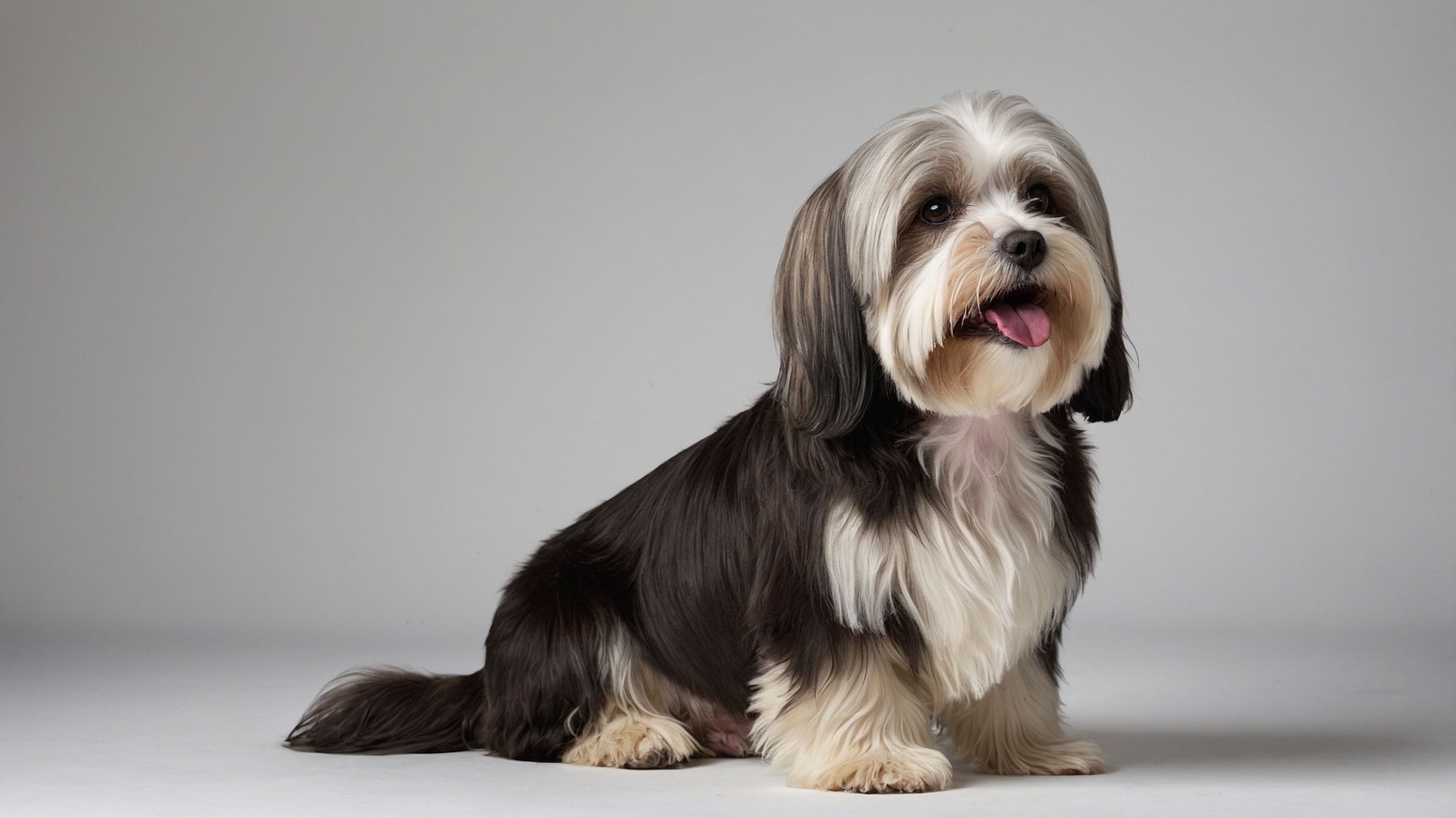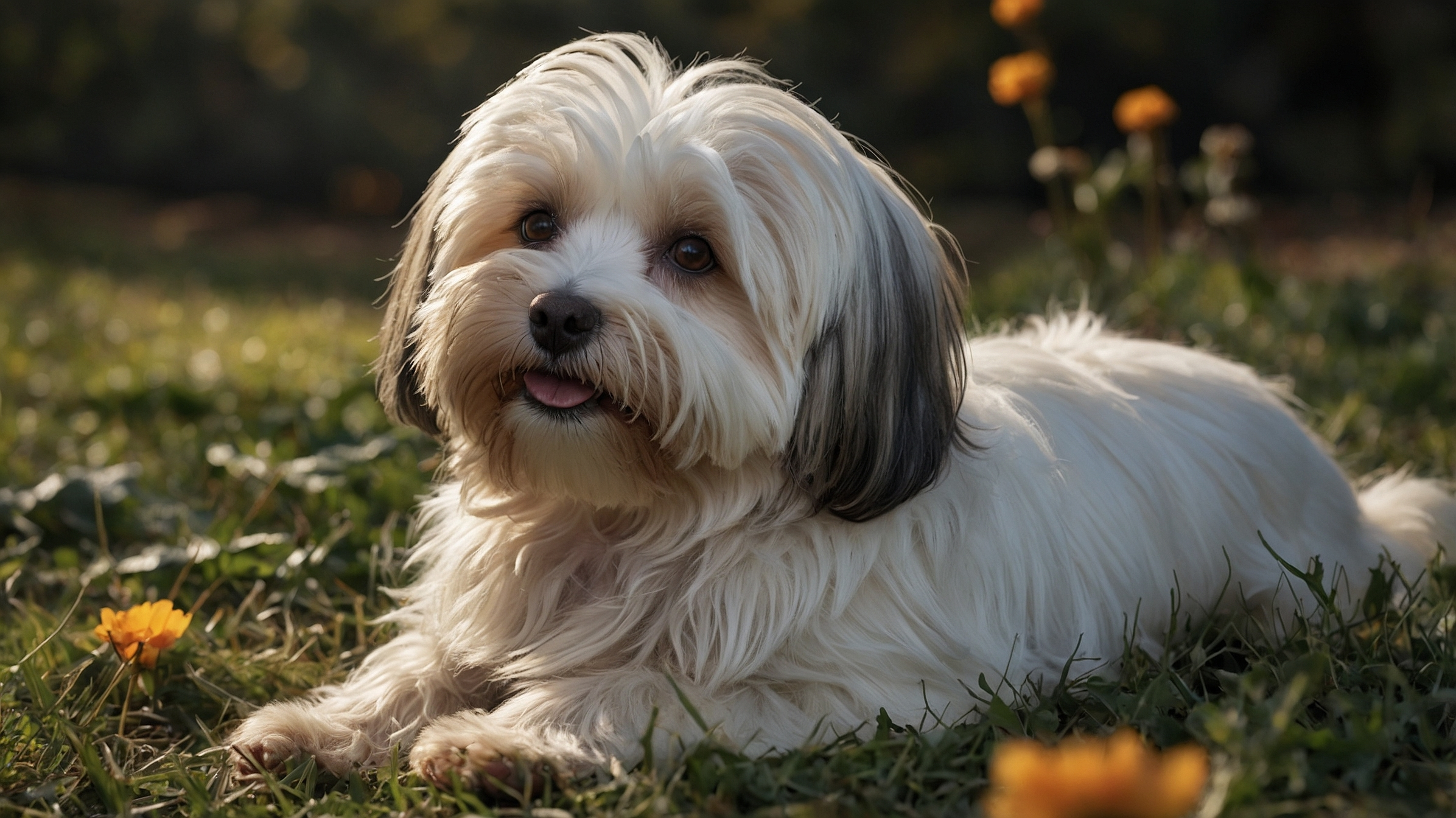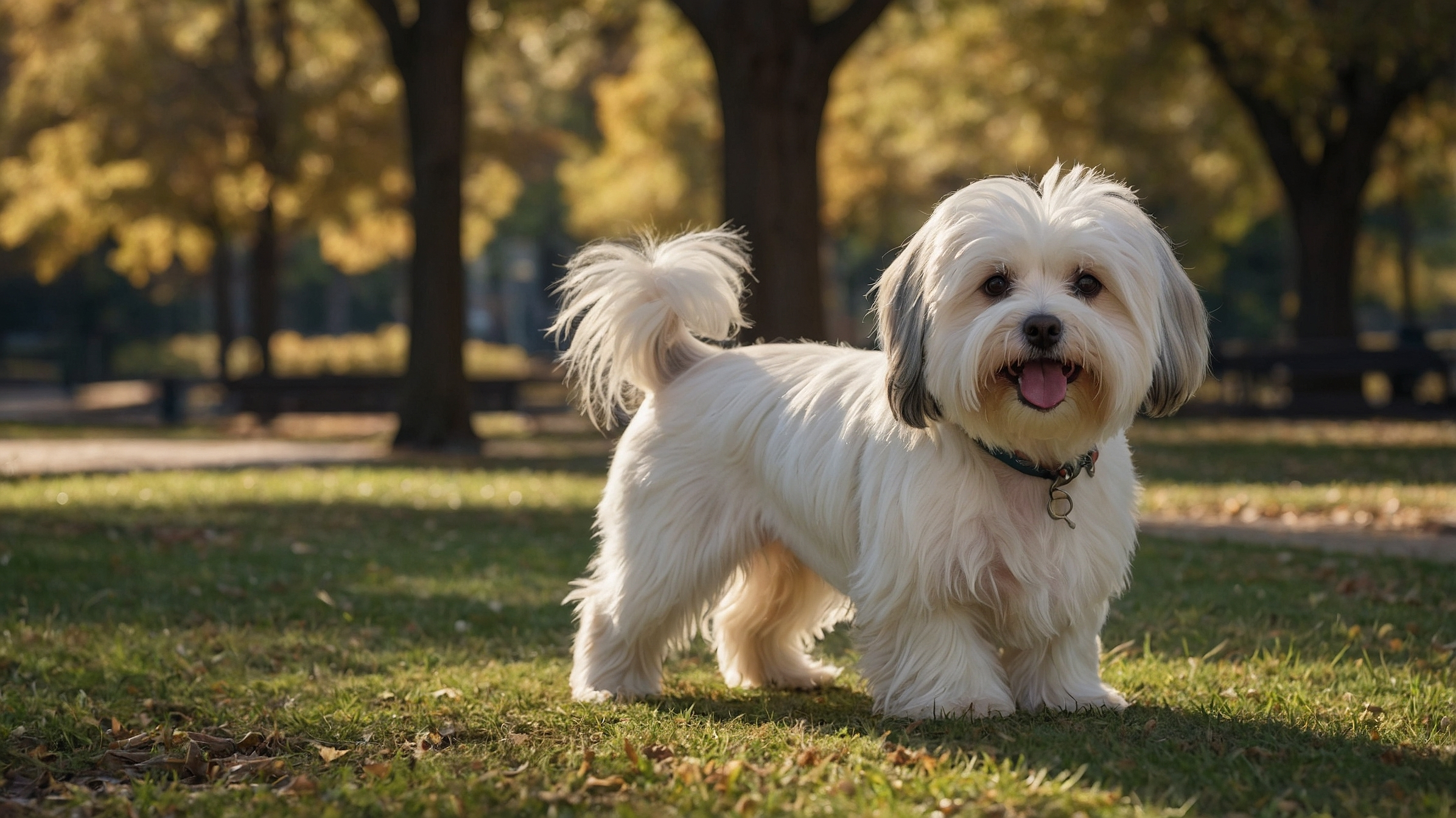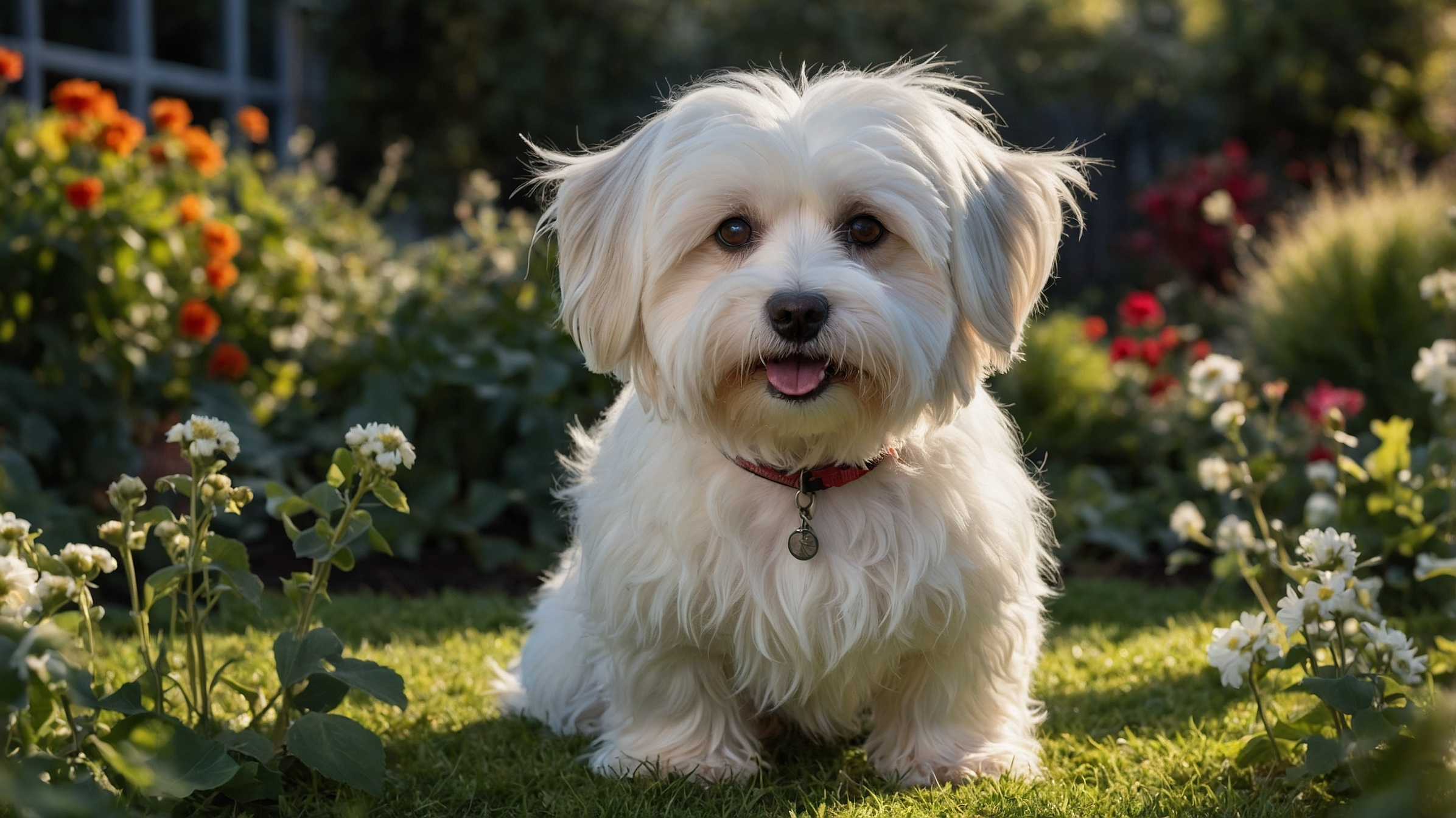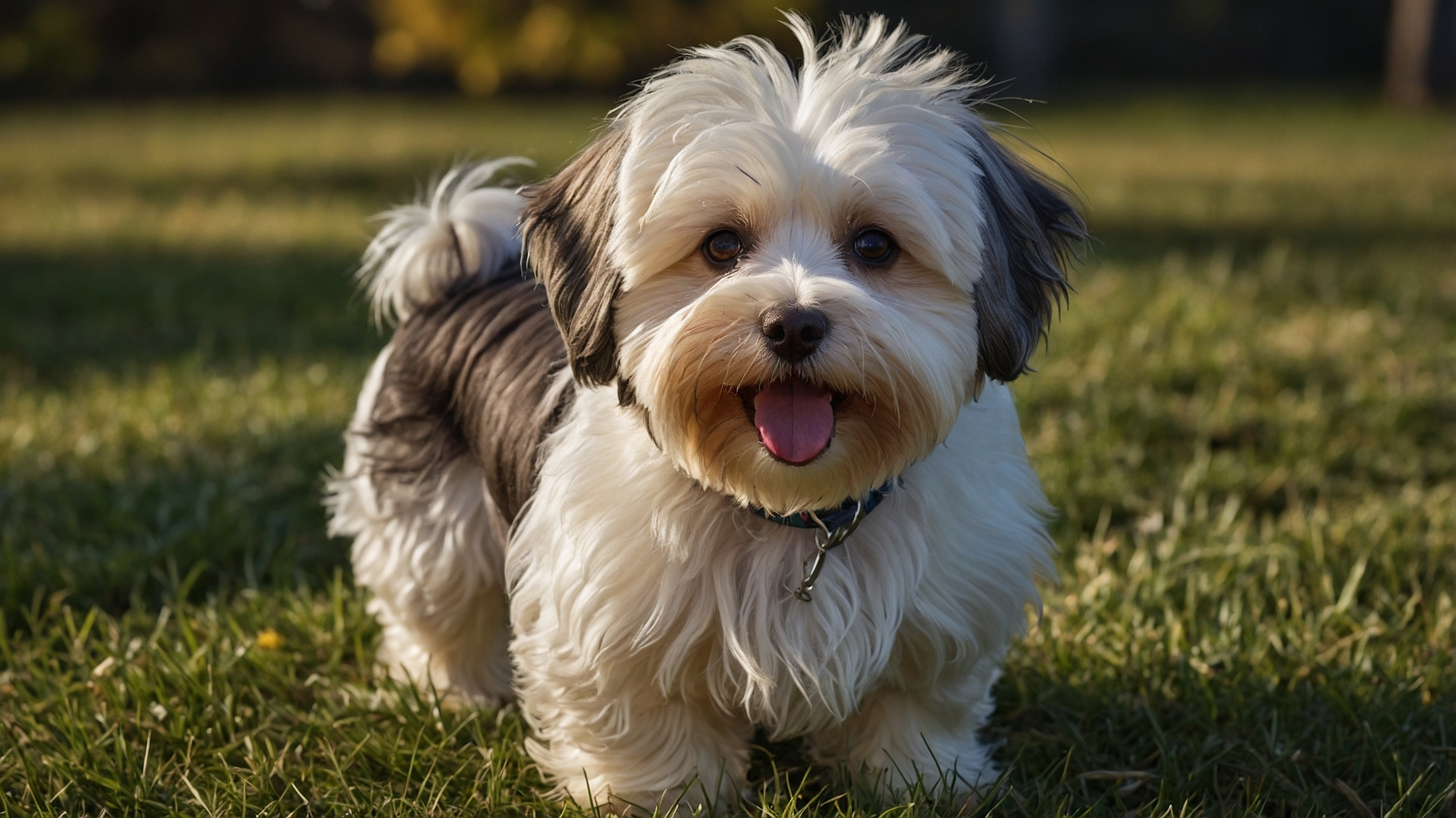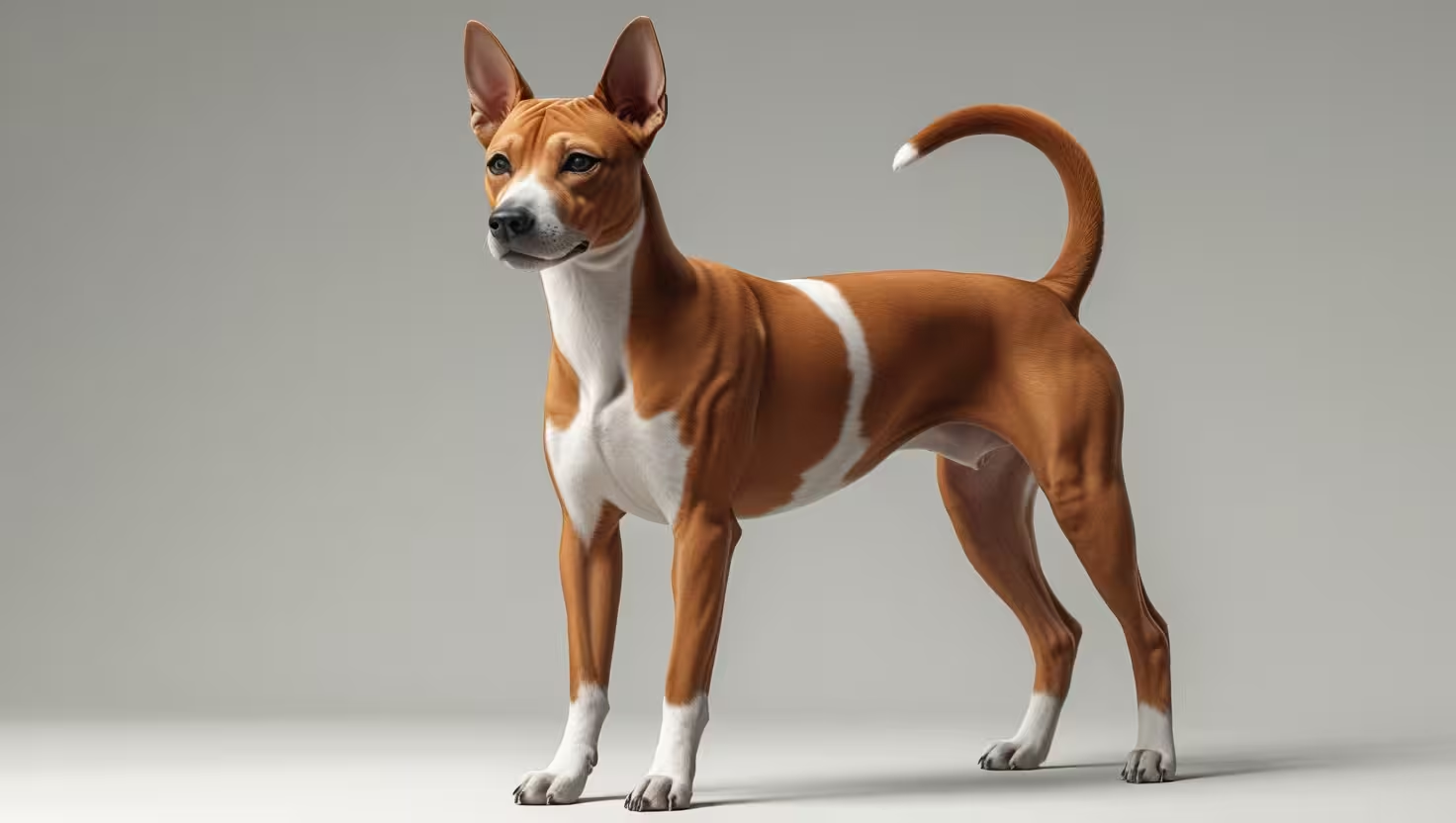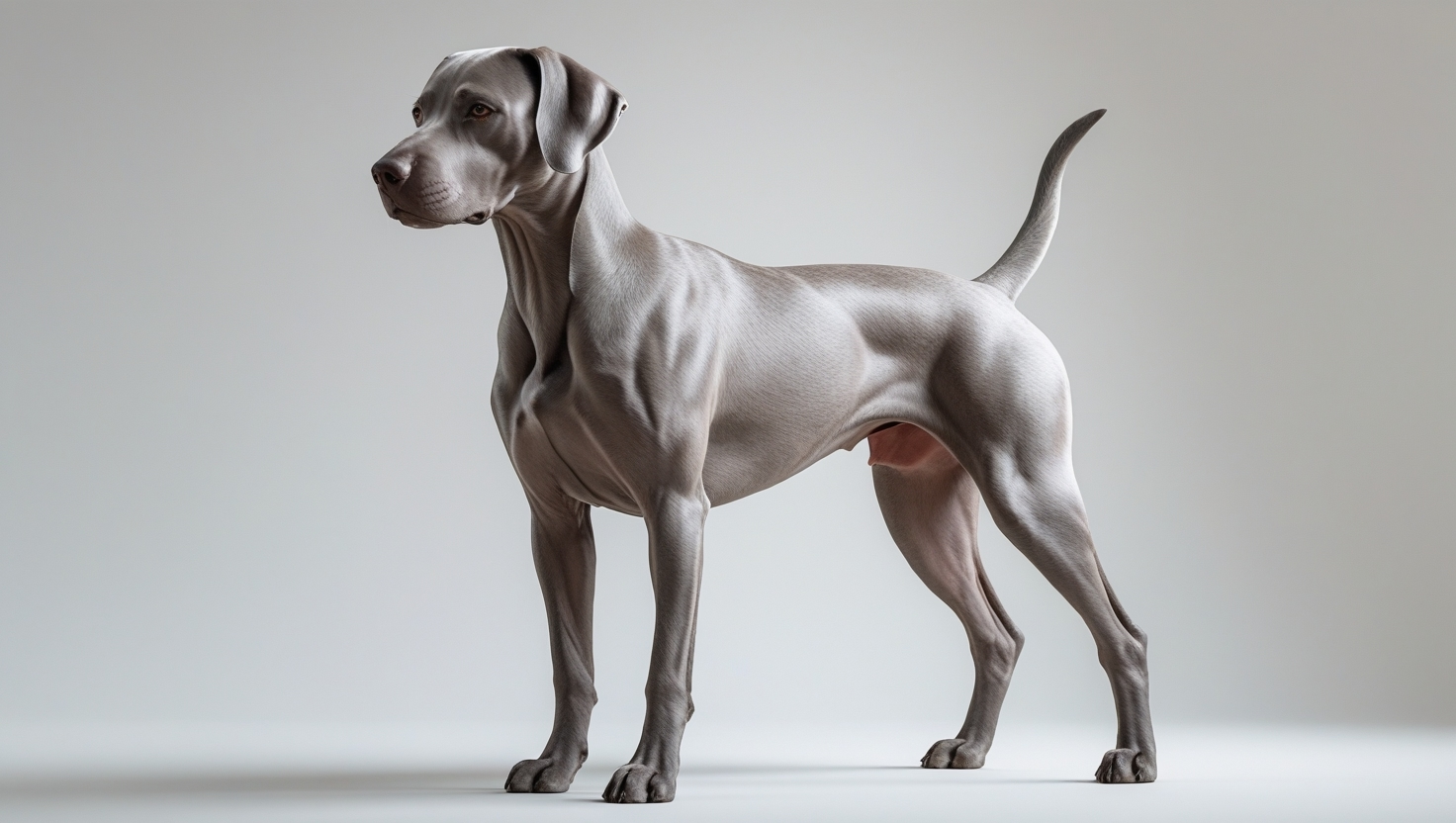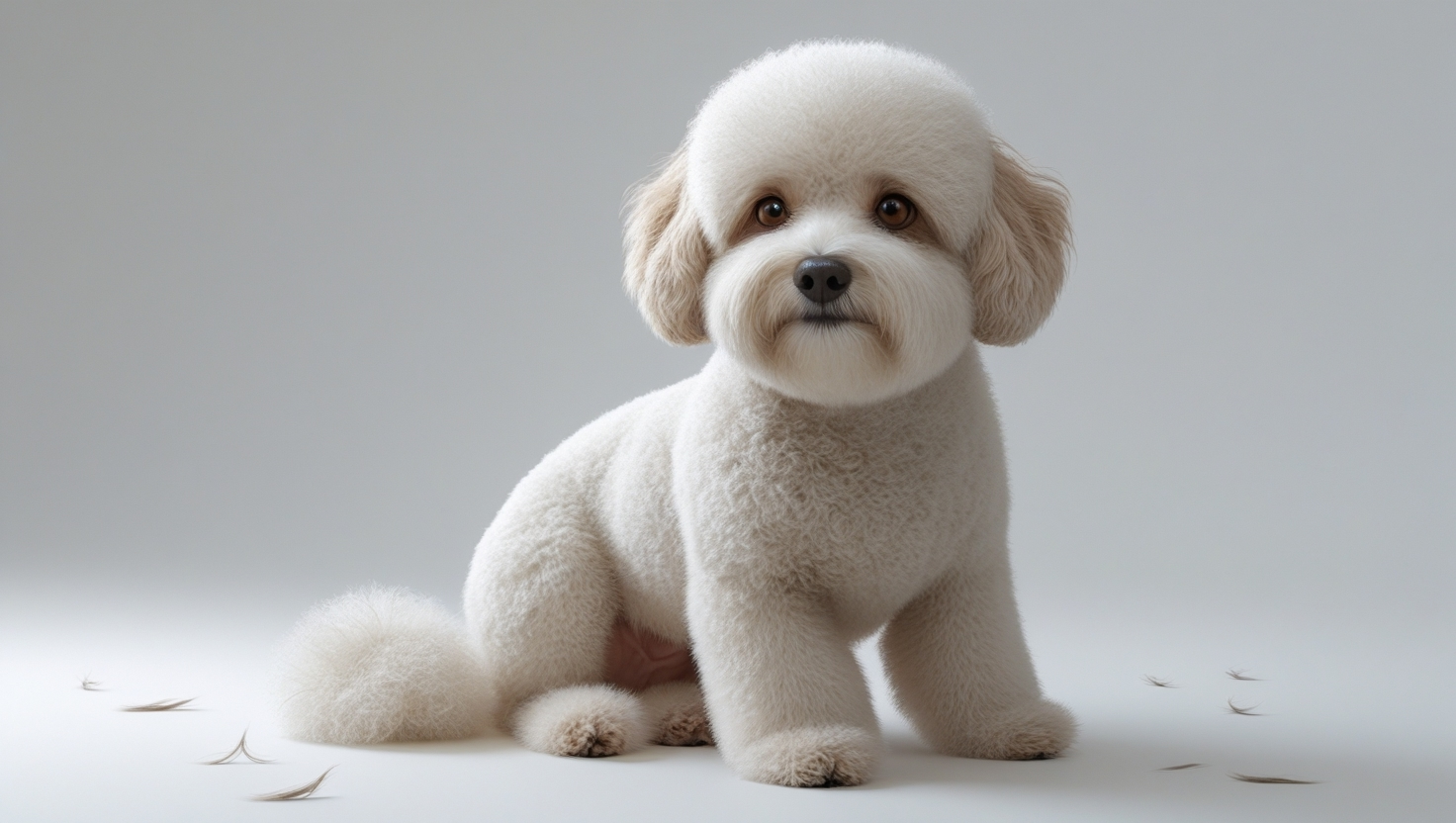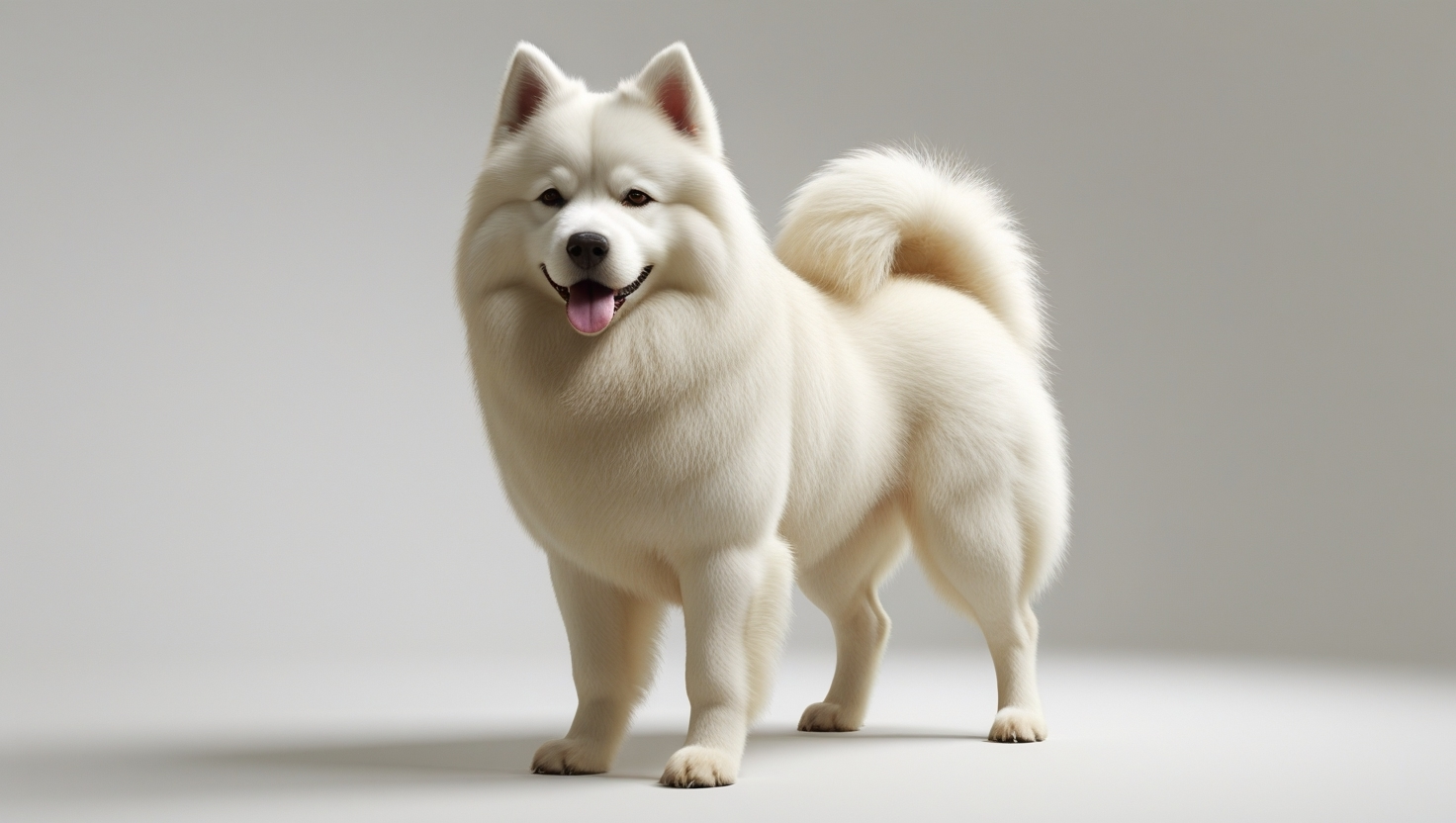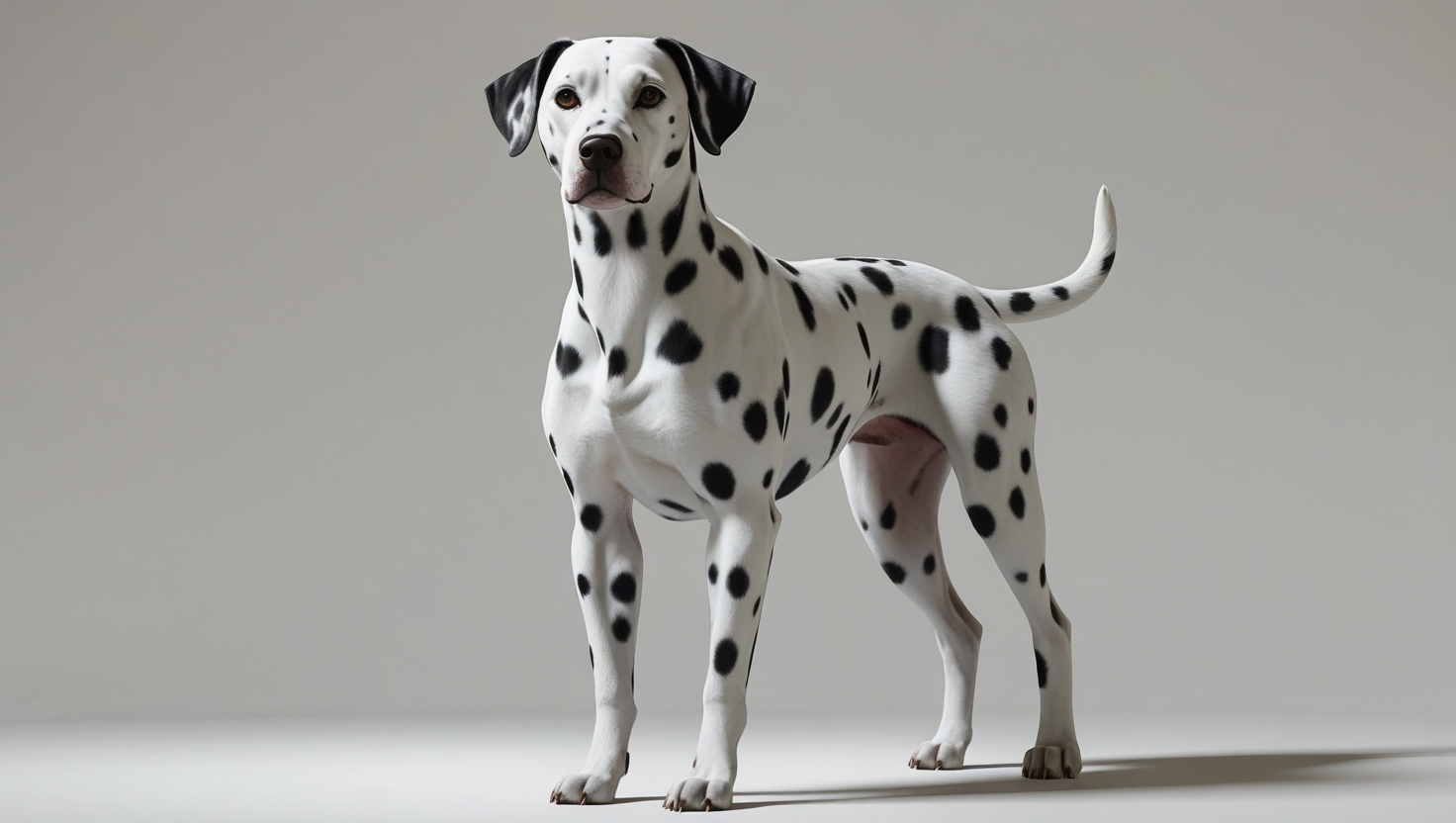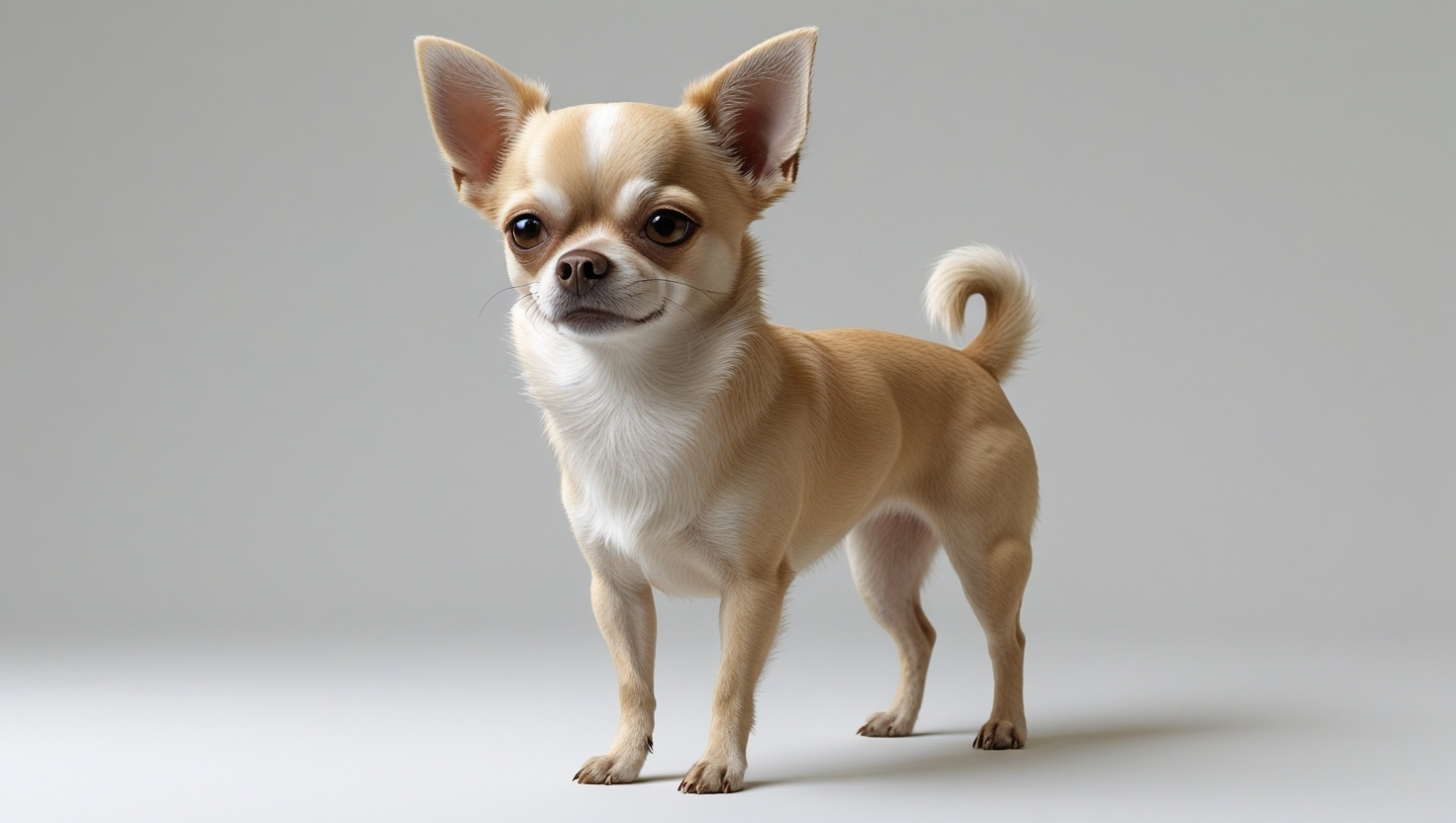The Havanese is the kind of dog that makes you fall in love at first sight. With their cheerful personality and those eyes that seem to understand everything, they’re the kind of friend everyone wants around. Small in size but big in charm, they have everything it takes to win your heart.
This is one of those breeds that adapts anywhere. Living in an apartment? No problem! Got a house with a backyard? They’ll love that too! What really matters is having people around to give them attention, affection, and, of course, lots of playtime.
Curious to learn more about this adorable fluffball? Stick with us, and we’ll tell you everything about the Havanese – from their fascinating history to the key points to consider before adopting one. Let’s dive in!

